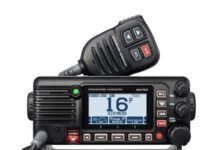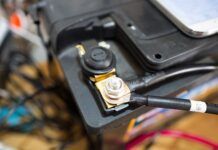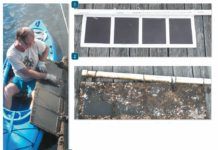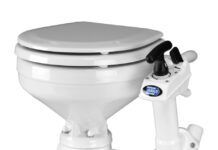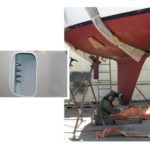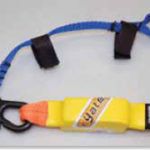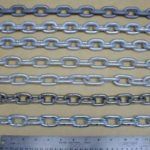Home Search
\"keel bolts\" - search results
If you're not happy with the results, please do another search
Essential Sailing Gear that Lasts
Our long-term testing at Practical Sailor may have the initial appeal of a tortoise race, but things do heat up at the finish line....
Mailport: Epoxy, Anchor Shackles, and More!
Fiberglass BoatsIve been reading PS for over 25 years and have enjoyed every second. Over that time, Ive begun to wonder about the longevity...
Age Calls for Close Inspection
The Islander 36 is a fairly light-displacement boat. The hand-laid hull is an uncored, single skin, with polyester resin and fiberglass furniture components adding...
Mailport: June 2012
The discussions about the Fastnet incident in the May 2012 issue and the WingNuts deaths in the Mackinac Race (April 2012) both omit to...
Steer Clear of Stainless-steel Mooring Chain
We had an unpleasant, although not surprising, discovery this week as we revisited the topic of ground tackle. Many readers will recall that we...
Inspecting the Aging Sailboat tip #1
Excerpted from Don Caseys Inspecting the Aging SailboatThere arent many experiences more ripe with promise than buying a boat. When you find the very...
The Curse of the Mystery Mooring Chain
Perhaps this has happened to you. It has been a long passage. After several nights of little sleep, followed by a long and tricky...







